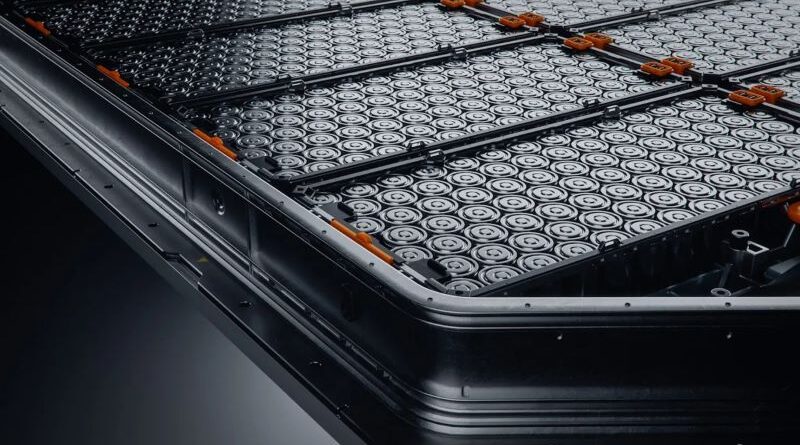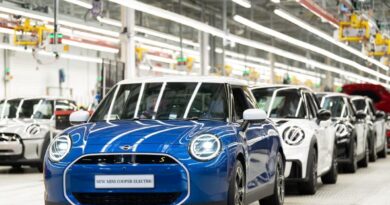Scientists make breakthrough in battery technology using tea leaves: ‘A mainstream, affordable battery material’
A breakthrough in sodium-ion battery technology could soon lead to a solution for grid-level energy storage.
Nanowerk reported on a January study published in Advanced Functional Materials in which Harvard University’s Dr. Xingcai Zhang and a team of researchers used tea leaf waste to create an affordable and sustainable sodium-ion battery anode.
The outlet cited a lack of affordable energy storage options on the scale needed to foster widespread adoption of wind and solar energy. It noted ubiquitous lithium-ion batteries rely on rare or toxic materials and “struggle to achieve the combination of low prices, safety, stability, and high cycle life.”
Sodium-ion batteries, on the other hand, have the potential to reduce the cost of electric vehicles and improve the environmental impact of battery-making. In addition to tea leaf stems, coffee grounds have been used in research and development, and the first sodium-ion-powered EV has already been manufactured.
“Previous attempts at sodium-ion batteries have achieved low cost but suffered too greatly in performance areas like charge capacity, longevity, and charging rates to displace lithium-ion dominance,” Nanowerk reported. “Much of this stems from fundamental chemistry challenges, as the larger size of sodium ions restricts rapid movement within battery components.”
This anode, however, lasted over 1,000 cycles with an energy density comparable to that of commercial lithium-ion batteries—eeven before it was primed for stability, according to Nanowerk.
Using high temperatures, the researchers converted raw tea leaf stems into “hard carbon” and treated them with acid to lower capacity loss. The porous material allows for electrolyte penetration and the absorption of sodium ions.
Named TS-1400-HCl, it blew existing carbon anodes out of the water with a 70% greater initial capacity, 91% higher efficiency in the first charge-discharge cycle, and seven to nine times greater longevity over 500 cycles, Nanowerk reported. The outlet also noted that it’s a scalable industrial process.
“Combined with the abundance of raw tea leaf resources—CChina’s annual output alone exceeds 1 billion kg—DDr. Zhang’s group believes their biomass approach has strong potential for real sustainability and positive environmental impact as a mainstream, affordable battery material,” according to Nanowerk.
The battery could cost about $5–7 per kilogram.
Source :yahoo.com



